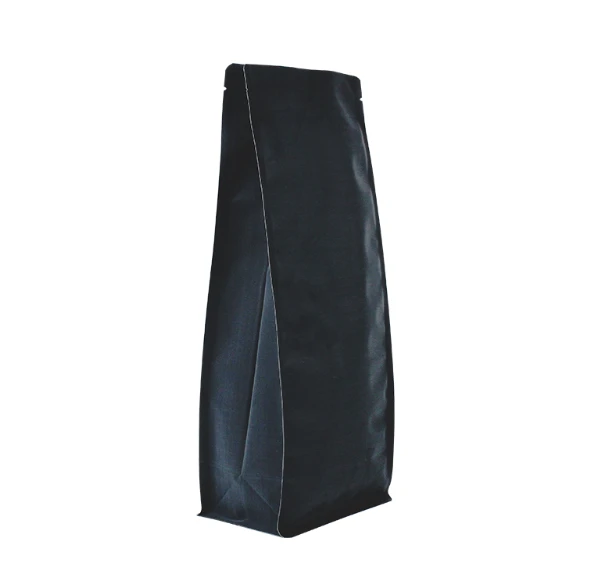- Afrikaans
- Albanian
- Amharic
- Arabic
- Armenian
- Azerbaijani
- Basque
- Belarusian
- Bengali
- Bosnian
- Bulgarian
- Catalan
- Cebuano
- chinese_simplified
- chinese_traditional
- Corsican
- Croatian
- Czech
- Danish
- Dutch
- English
- Esperanto
- Estonian
- Finnish
- French
- Frisian
- Galician
- Georgian
- German
- Greek
- Gujarati
- haitian_creole
- hausa
- hawaiian
- Hebrew
- Hindi
- Miao
- Hungarian
- Icelandic
- igbo
- Indonesian
- irish
- Italian
- Japanese
- Javanese
- Kannada
- kazakh
- Khmer
- Rwandese
- Korean
- Kurdish
- Kyrgyz
- Lao
- Latin
- Latvian
- Lithuanian
- Luxembourgish
- Macedonian
- Malgashi
- Malay
- Malayalam
- Maltese
- Maori
- Marathi
- Mongolian
- Myanmar
- Nepali
- Norwegian
- Norwegian
- Occitan
- Pashto
- Persian
- Polish
- Portuguese
- Punjabi
- Romanian
- Russian
- Samoan
- scottish-gaelic
- Serbian
- Sesotho
- Shona
- Sindhi
- Sinhala
- Slovak
- Slovenian
- Somali
- Spanish
- Sundanese
- Swahili
- Swedish
- Tagalog
- Tajik
- Tamil
- Tatar
- Telugu
- Thai
- Turkish
- Turkmen
- Ukrainian
- Urdu
- Uighur
- Uzbek
- Vietnamese
- Welsh
- Bantu
- Yiddish
- Yoruba
- Zulu
Which Dimension is Prioritized Length or Width in Measurement?
Does Length or Width Come First?
When we talk about dimensions in various fields such as mathematics, engineering, and everyday life, we often hear the terms length and width. These two concepts are fundamental to understanding the size and shape of objects, but their order of mention can sometimes cause confusion. This article explores the significance of length and width, the conventions used in different contexts, and why it sometimes matters how we present these dimensions.
Understanding Length and Width
Before diving into conventions, it's essential to clarify what we mean by length and width. Length typically refers to the longest side of an object, while width refers to the shorter side. For example, in a rectangular shape, the length is the longer dimension, and the width is the shorter dimension. In a three-dimensional context, these terms can extend to height as well, forming the comprehensive dimensions of objects.
In practical applications, such as shipping and packaging, accurate measurements are crucial. When describing the size of a box, you might say its dimensions are 12 inches long, 8 inches wide, and 6 inches high. In this case, length is listed first, as it is the most critical dimension for determining how the box will fit into larger containers or how it will align during transport.
The Convention of Listing Dimensions
The order in which we mention length and width often depends on cultural and disciplinary norms. In many places, especially in the United States, dimensions are often provided in the order of length, width, and height (L x W x H). However, in other contexts, such as engineering and architectural plans, the order may vary, with width sometimes mentioned before length.
does length or width come first

One reason for this variation lies within specific industries and their practices. In certain fields, there may be a logical basis for prioritizing width over length. For instance, in graphic design, dimensions are often conveyed in width x height (W x H) format, reflecting how images fit within screens or printed layouts. This prioritization is practical, as viewers often determine the larger horizontal span before considering the vertical height.
Why Does It Matter?
Understanding the conventions surrounding length and width is essential for effective communication, especially in professional settings. Mislabeled dimensions can lead to mistakes that might be costly and time-consuming. Architects, engineers, and manufacturers can all be impacted if the dimensions are misinterpreted. For example, if a furniture piece labeled as 30 inches length by 20 inches width is produced incorrectly due to the reversed order, it could affect how well it fits in a designated space, leading to dissatisfaction from clients or wasted materials for manufacturers.
Moreover, in education, teaching students the correct way to understand and express dimensions can set a solid foundation for their future in scientific or technical fields. Students learning geometry, for instance, are often encouraged to visualize and articulate dimensions properly as they delve into more complex concepts like volume and surface area.
Conclusion
Ultimately, whether length or width comes first can be a matter of convention, context, and clarity. While there may not be a universally accepted answer, understanding the norms in various fields is key to effective communication and practical application. As the world continues to advance in technology and globalization, adherence to these conventions will foster better collaboration across different disciplines. While it may seem like a small detail, the order of mentioning length and width can significantly impact everything from manufacturing to design and education. Hence, the next time you find yourself pondering whether length or width comes first, consider the context at hand, and remember that clarity is what truly matters.













